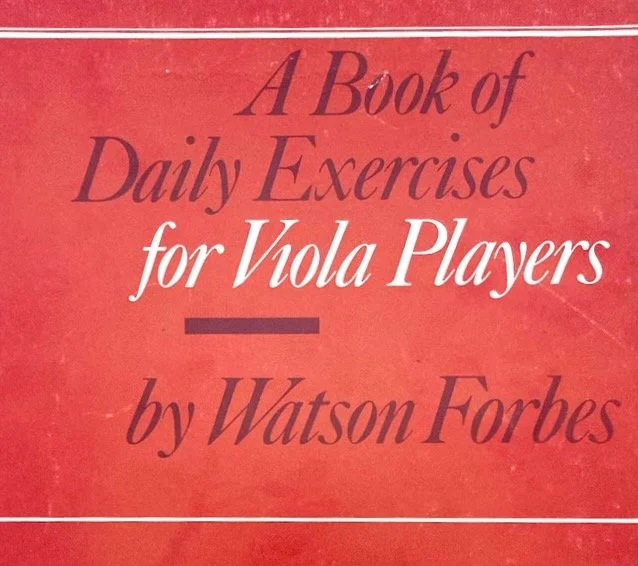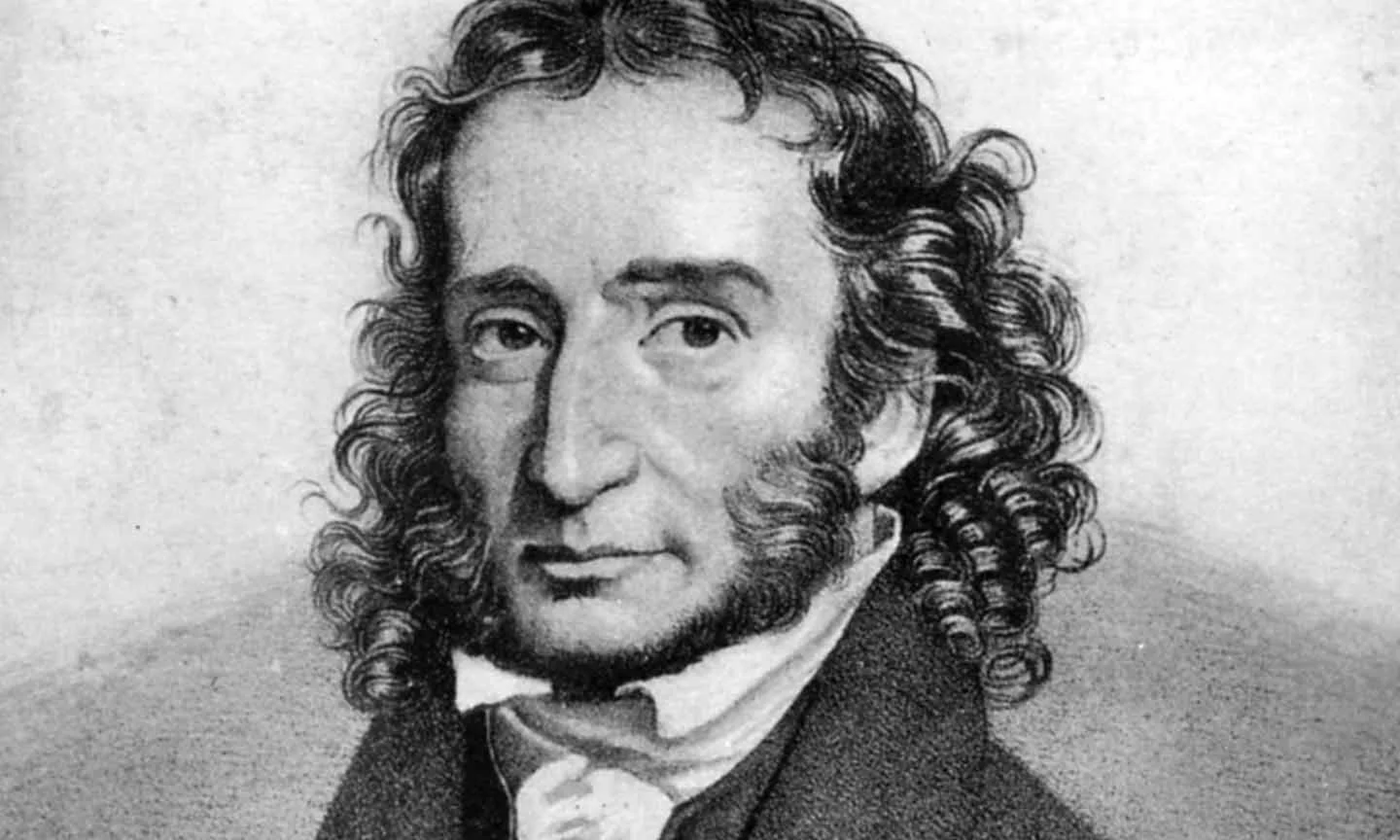The Book Inspiring My Current Warm-Up Routine
Want to skip to the exercises? I've put together a PDF with my own versions of two of my favorite exercises in the book. Click here to get them.
Every musician has their preferred method of warming up. Some stick with the same routine for years, while others change it up intermittently. I'm in the latter category, mostly because I eventually get bored of the routine I'm using!
In his book "Practicing for Artistic Success," Burton Kaplan says a warm-up should prime your concentration, warm you up physically, and spark your musical soul/imagination. In addition to those great guidelines, I also want a warm-up that challenges me technically, something that makes the work of my repertoire feel easier.
Over the years my warm-ups have run the gamut, from Simon Fischer's "Warming Up," Dounis's "Daily Dozen," exercises from Ivo Jan van der Werrf's "Notebook for Viola Players," to routines from my teachers Nathan Cole and Ralph Fielding, to countless scale routines.
But my new favorite routine came by happenstance. In August I started a new job as Assistant Professor of Viola at the University of New Mexico. My predecessor, Kim Fredenburgh, left several stacks of music for me, including many pieces and etudes I'd never heard of or seen before. With so much to explore, I decided to scan the collection and pick one book or piece to examine in depth.
In one pile was a slim volume by Watson Forbes, "Daily Exercises for Viola Players," which piqued my interest (can also be ordered in the UK here). Watson Forbes is a familiar name to many violists as the editor of the Bach Suites, the one with the green cover, that many of us grew up with.
While I had played a number of pieces he'd edited, I'd never come across any of his own compositions or exercises. My interest piqued, I opened the book and started working through it. At only 16 pages long, I was impressed by how it managed to address so many technical challenges while simultaneously providing LOTS of variety to keep the reader engaged.
Bowing is a particular strength of the book. There are five bowing exercises, for one, two, three or four strings, and one for skipping strings. Those familiar with Yost's Mastery of Bowing will notice similarities in the structure of the exercises for three and four strings, which are a chord progression of triple and quadruple stops to which you apply various bowings. These exercises each have approximately 100 (yes, you read that right!) variations, divided into six categories like separate bows, spiccato, ricochet, rhythmic bowings etc.
In my first weeks exploring the book, I would practice one or two bowings from each category each day. After a while I started improvising my own patterns, both simple and complex ones, consulting the book when I ran out of ideas, or to ensure I balanced my practice across different categories of strokes. Since practicing this way I’ve noticed significant gains in the balance and agility of my bow arm: difficult passages like the Mendelssohn Scherzo and Tchaikovsky’s 6th Symphony now feel much more manageable!
I've also used this chordal template with my own students, giving them a single chord to play, then running them through many different strokes and bowing variations. It's a great way to address many bow arm challenges in just a few minutes.
Dounis aficionados will recognize a number of Forbes' exercises on the sinister side of things for finger independence, shifting and double stops. But here Forbes also has Dounis beat, with more interesting options for variation and a wider selection of double stops, shifting, etc.
Forbes also has a great exercise in finger patterns I've been practicing daily. I'm a fan of Castleman/Koob's The Tonal Application of Finger Patterns and have benefitted greatly from thinking about scales in terms of finger patterns. While Castleman's book focuses primarily on finger patterns in major scales, Forbes encourages practicing them in harmonic minor keys. While practicing the major scale finger patterns covers 90% of what we come across on da daily basis, adding the harmonic minor ones address some of those pesky patterns that pop up in orchestral music (I'm looking at you, Tchaikovsky!).
The other part of the book I've found helpful in my own playing are the trill sections. These exercises are like Korgueff, but not as mind-numbing! Forbes changes the patterns from measure to measure and position to position to keep the player engaged.
It's been almost two months since I started using Forbes' book as the template for my warm-up. My current routine involves picking a different key each day to play the left hand exercises. I start in a different part of the book each day, but I always alternate left and right hand exercises, and always do some shifting, bowing, and double stops.
If have a particular technical weakness I'm trying to address, I'll do more variations to address that problem (recently it's been spiccato in different triplet patterns). I love the flexibility this format gives me, and at the end of my warm-up I always feel like I've moved the technical needs a click or two forward, which, over time, has resulted in big gains in ease and facility.
No book can cover everything, but for addressing the majority of day-to-day challenges we face on the viola, this book is a great all-around resource for technical knowledge, with sufficient variety to hold any violists' interest for a LONG time.










